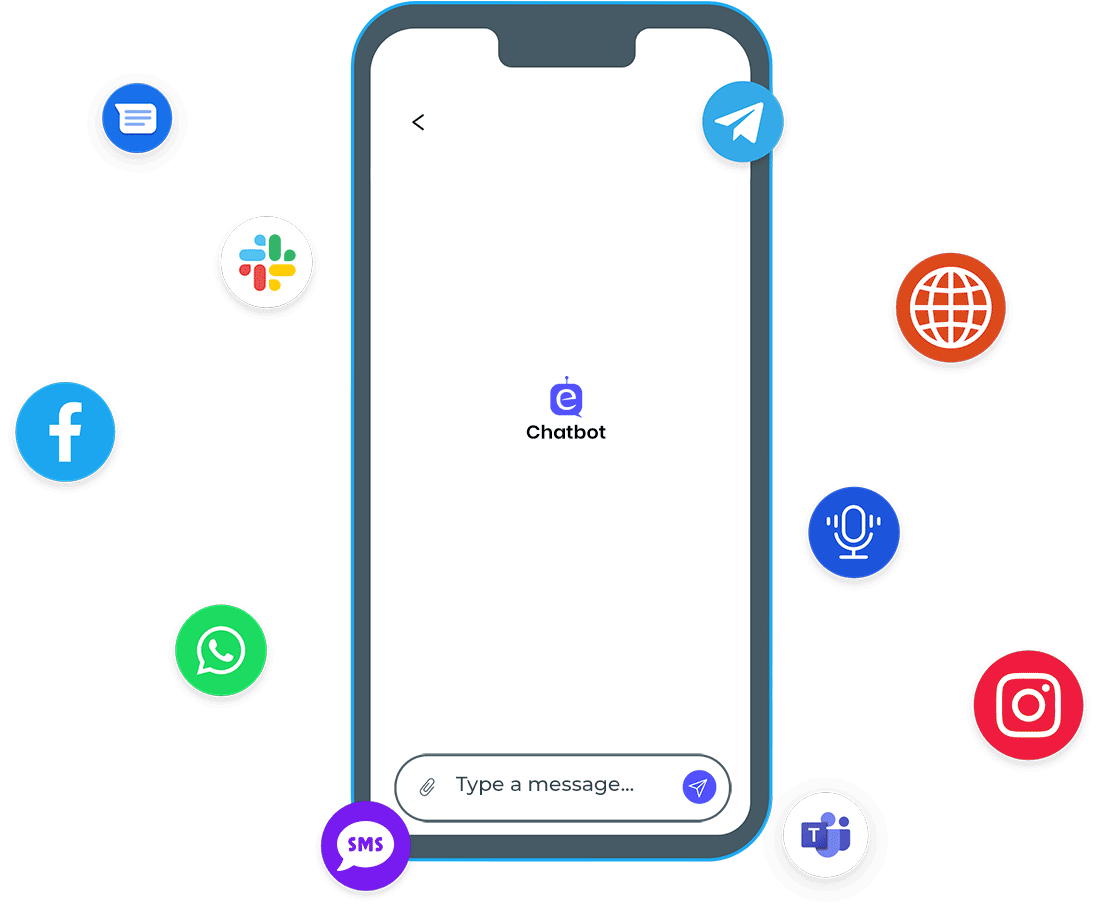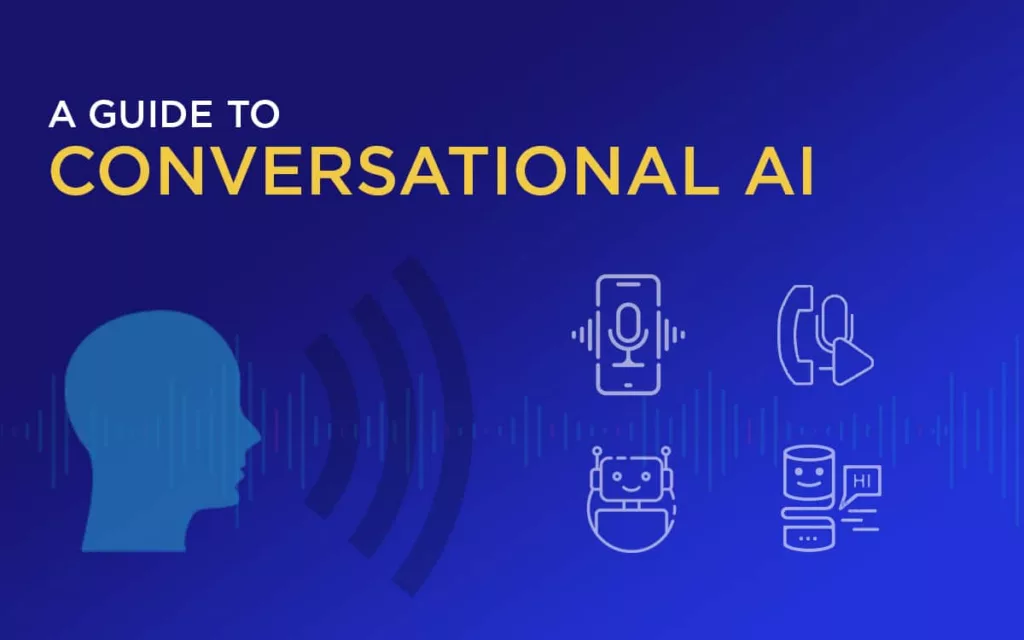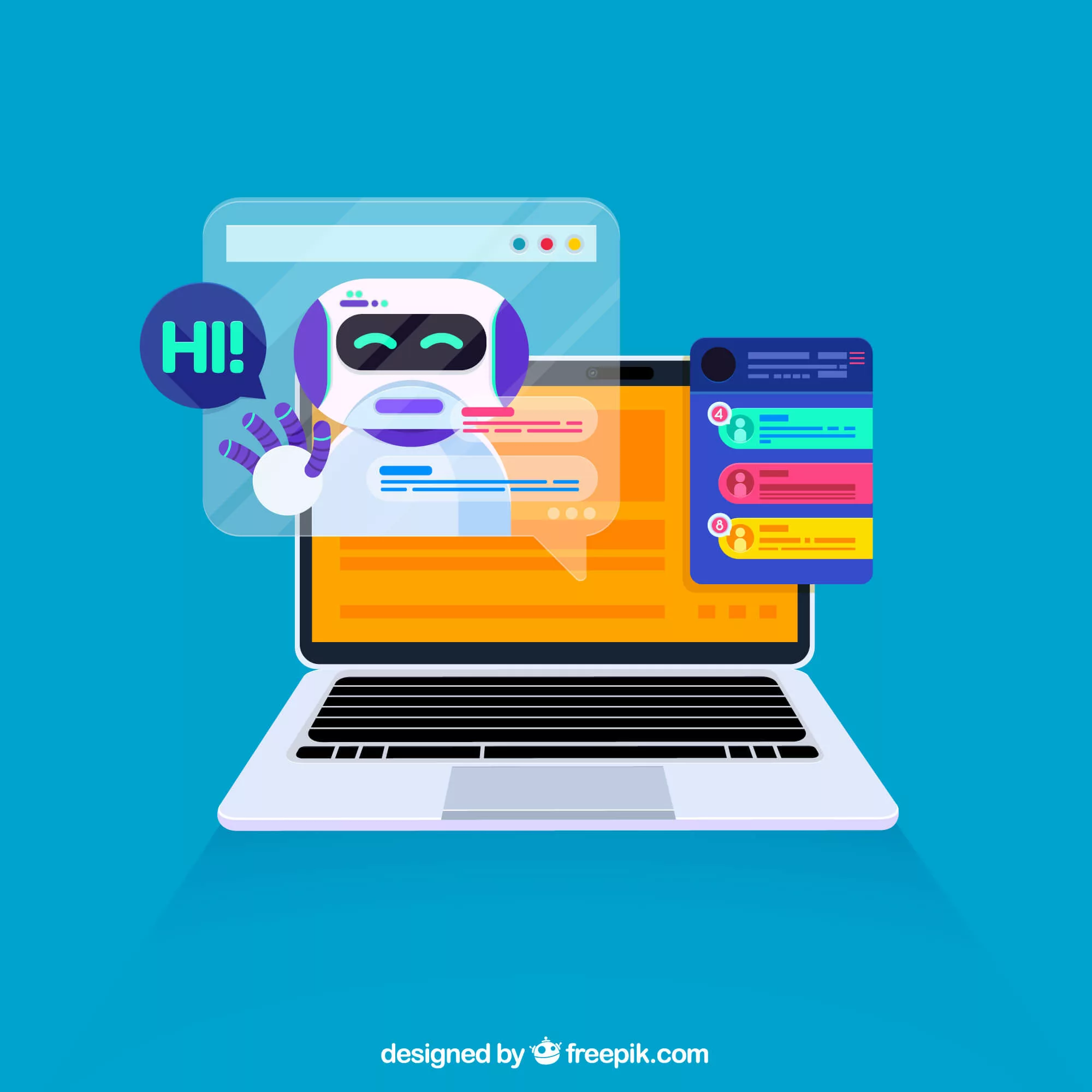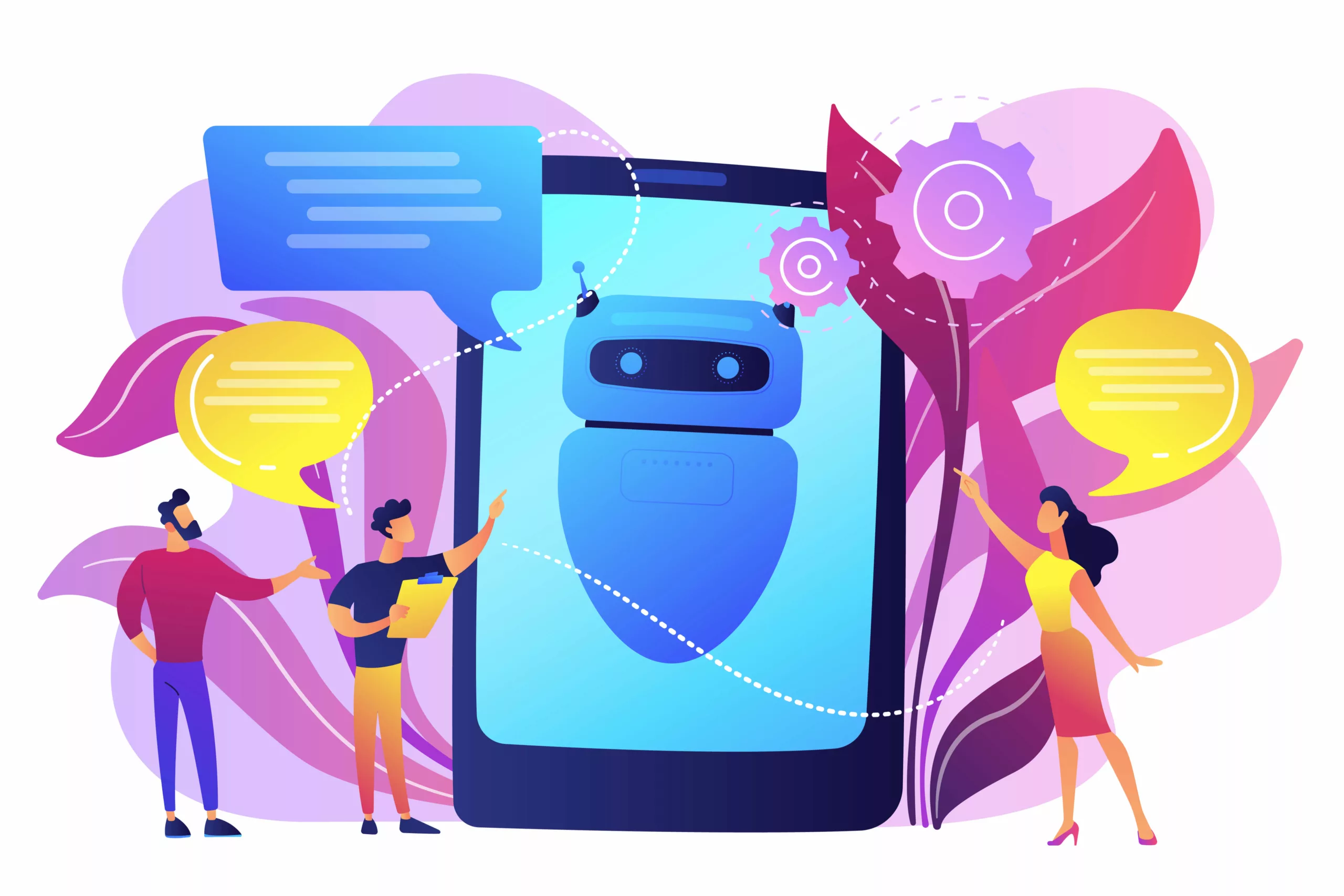Conversational AI represents an exciting new frontier in artificial intelligence. As AI continues to advance, one subset that shows immense promise is the ability to have natural conversations with computer systems. Known as conversational AI, this technology allows people to interact with machines much like they would with other humans.
While the concept has existed for decades, only recently have advancements in machine learning and neural networks enabled conversational AI to reach new levels of sophistication. Systems can now understand context, interpret complex language, and maintain cohesive, free-flowing dialogues on open-ended topics.
As conversational AI becomes more deeply integrated into products and services, it unlocks new possibilities for how humans and machines communicate and collaborate. This guide will explore the fundamentals behind this technology: how it works, current capabilities, limitations, use cases, and what future advancements may bring as conversational AI shapes the interface between humans and computers.
What is Conversational AI?
Conversational AI refers to technologies that allow computers to understand, process, and respond to human language in a natural, conversational way. The goal is to enable more intuitive human-computer interactions that mimic real human conversations.
At its core, conversational AI serves as a bridge between human and machine languages. Human languages like English are often complex, with diverse regional dialects and accents. Machine languages, crafted by skilled professionals, also have complexity not readily understood by the average person. Conversational AI aims to connect these two forms of communication.
As computing devices like smartphones and voice assistants become ubiquitous in everyday life, it’s essential to make human-computer conversations feel simpler and more accessible. Conversational AI introduces that simplicity. It gives the impression of a computer able to converse like a human – understanding requests, asking clarifying questions if needed, and responding intelligently based on context and specific user needs.
The most visible examples of conversational AI today are chatbots and voice assistants. These tools are designed to be useful smart companions that people can interact with naturally throughout their daily lives. With the help of guidelines and continued advancements in natural language processing, conversational AI will only grow more sophisticated at comprehending and responding to humans in a lifelike, conversational manner.

How does Conversational AI Work?
We understood what conversational AI is and why it should be a part of a computer user interface. But what goes into the inner workings of something as complex as conversational AI?
Conversational AI includes a set of correlated technologies that help in recognizing and processing human language. One end of conversational AI is the processing of human language. The other end is the interpretation of machine responses into natural language responses. To create these responses, conversational AI engages natural language processing and natural language understanding. No conversational AI guide is complete without an elaboration of these two technologies.
Natural language processing is the ability of a set of computer programs to process and understand the words and dialects of human languages. The NLP unit of conversational AI converts the words spoken by the user or the text typed into machine language to compute it and generate a response. Natural language processors help chatbots and virtual assistants decipher the nuances of human language into machine language.
Natural language understanding is the ability of a conversational AI-empowered machine to decipher the broad meaning of what has been said by the user. Natural language understanding is important for a better understanding of the instructions given by the user. Usually, the conversation between a computer and its user is long and continuous. Natural language understanding helps the computer grasp the overall context of the conversation and maintain the conversation flow with the user. NLU helps in the generation of empathetic responses by a computer and enhances an algorithm’s final result.
What are the Different Approaches towards Conversational AI?
Any conversation AI tutorial will enlighten you about the different approaches to conversational AI that machines take. There are, in general, two broad approaches to conversational AI:
-
Reactive Engagement
Reactive engagement refers to the dynamic interactions that take place between users and conversational AI assistants. Rather than static information delivery, these intelligent interfaces actively respond to user queries and requests. As such, users tend to see conversational AI tools almost as companions, readily available to offer simple, optimal solutions with ease. The intuitive nature of these interactions creates the feeling of having an expert advisor or helper at one’s fingertips. A well-known example of a conversational reactive engagement interface is Apple’s Siri, which fields users’ questions and aims to provide helpful responses and recommendations. The reactive capacity of assistants like Siri gives them an interactive, conversational nature, reflecting how conversational AI is shifting interfaces toward greater responsiveness and context-aware aid.
-
Proactive Engagement
Conversational AI tools that proactively engage users are creating new possibilities for personalized support. By studying an individual’s habits and lifestyle patterns, these interfaces can offer timely recommendations tailored to the user’s needs and interests. Rather than waiting for requests, the AI initiates relevant conversations when it anticipates a user may benefit from additional guidance or information.
This type of proactive engagement through natural dialogue can enhance many aspects of modern life. For example, AI-powered health trackers could check in with reminders to exercise, meditate, or make healthy meal choices based on a user’s routine and health data. Lifestyle coaching apps could suggest new hobbies to learn, prompt users to socialize when they’ve been isolated, or share articles that align with a person’s goals.
Final Words
One of the technologies that has been in use for a long time is artificial intelligence. Research in artificial intelligence stems from the fact that humans are always fascinated by creating technology that mimics human intelligence in applications. As technology’s application increases in the different spheres of human life, it is only natural for technology to evolve into applications serving human-like experiences.
Although conversational AI is a new term for many technology enthusiasts, the need for conversational AI has always existed. If we look at conversational AI closely, it is the direct solution to the need for creating technologies that are easy to interact with and mimic a human conversation. Conversational AI is, in fact, one of the most popular applications of AI that has the potential to become widely used with its versatility. Contact us at eBotify and our experts will tell you about conversational AI and chatbots.








